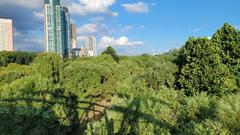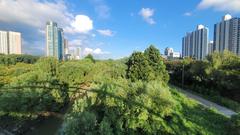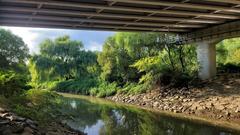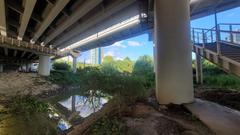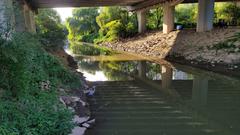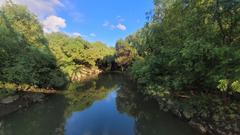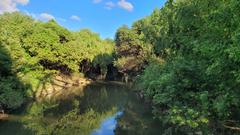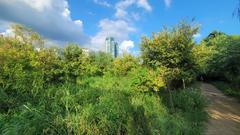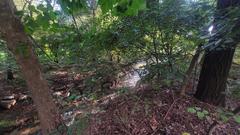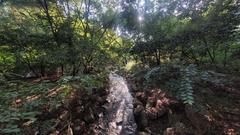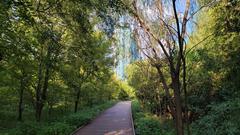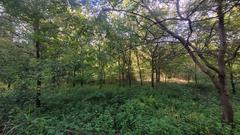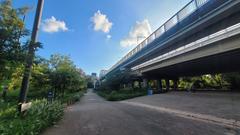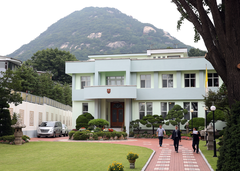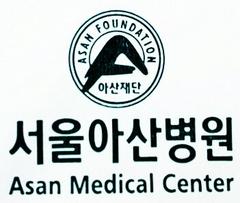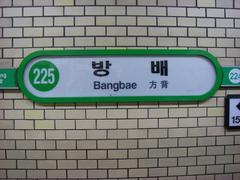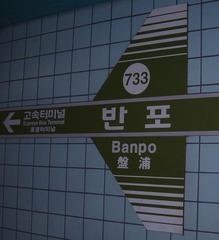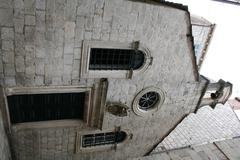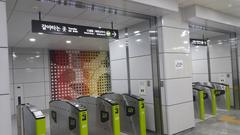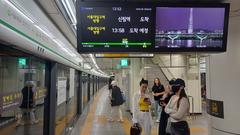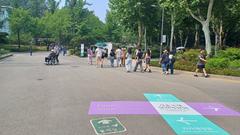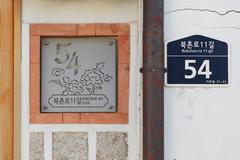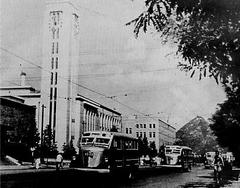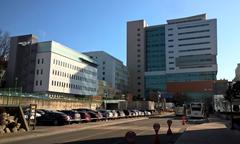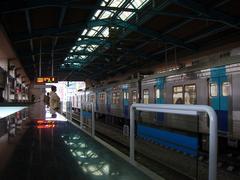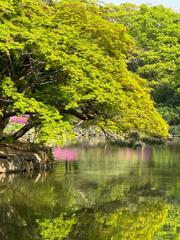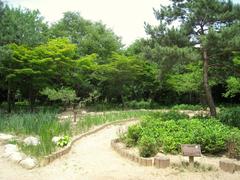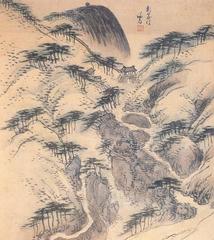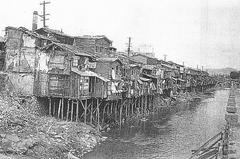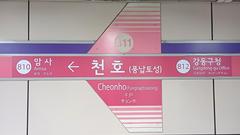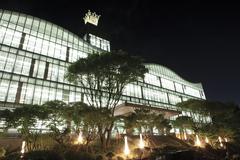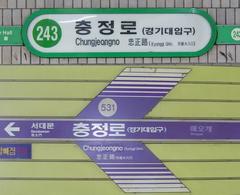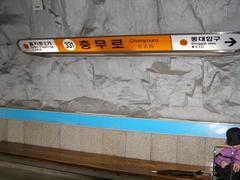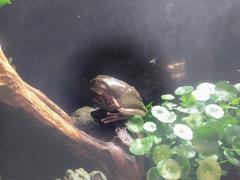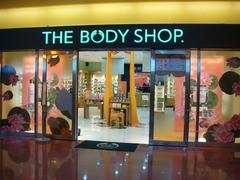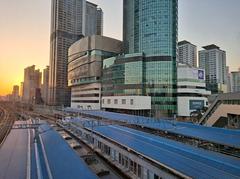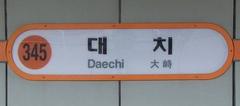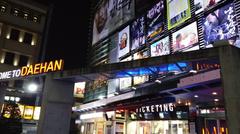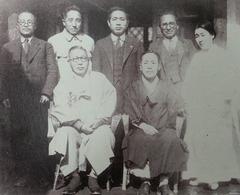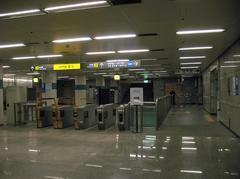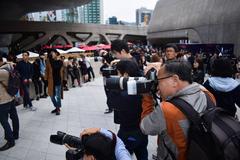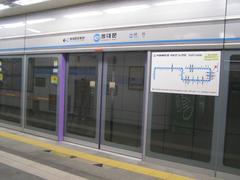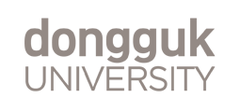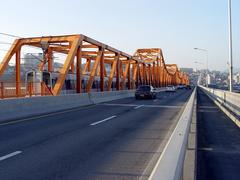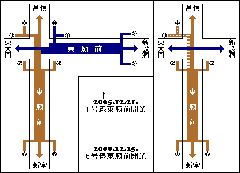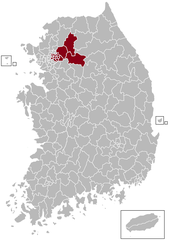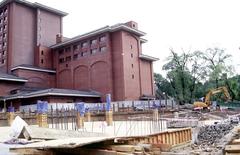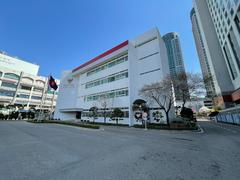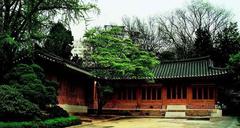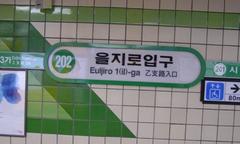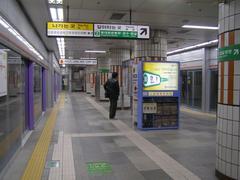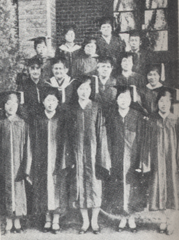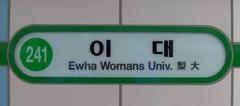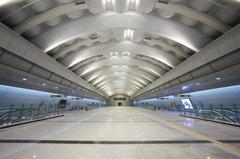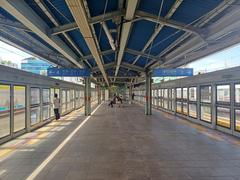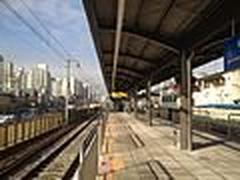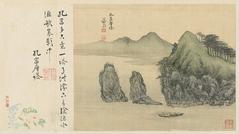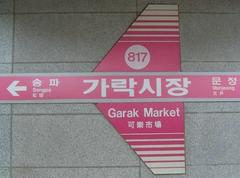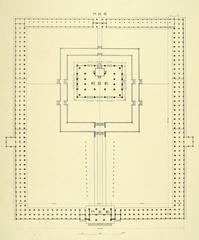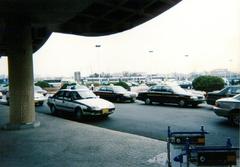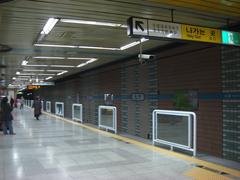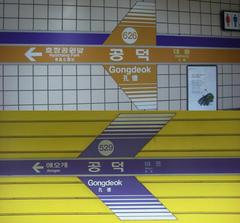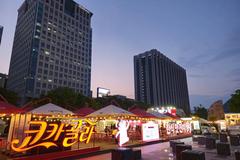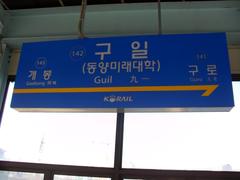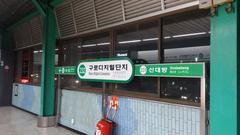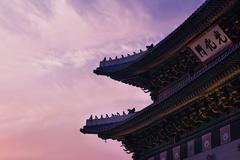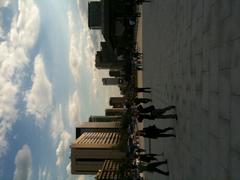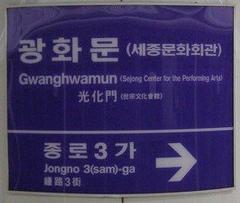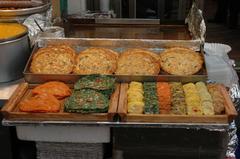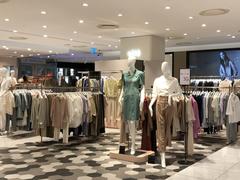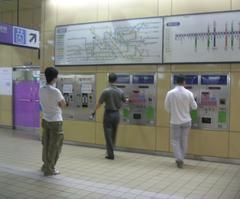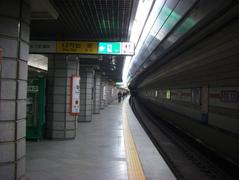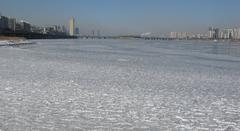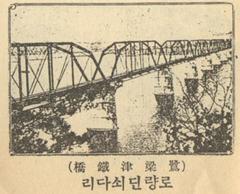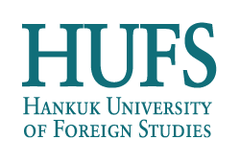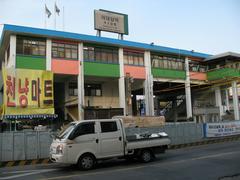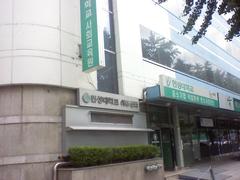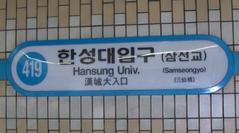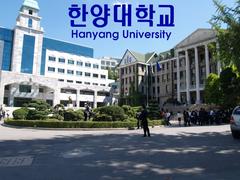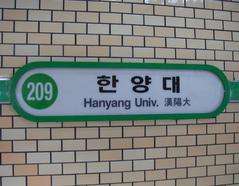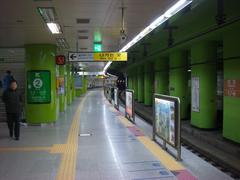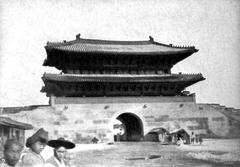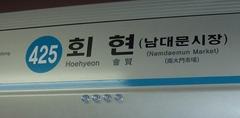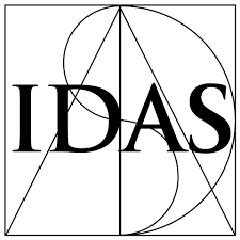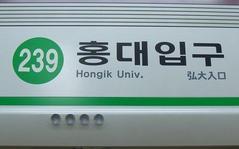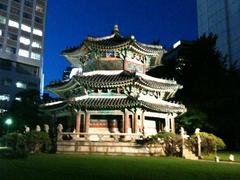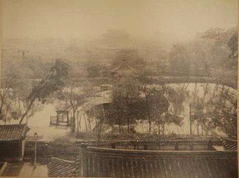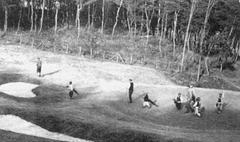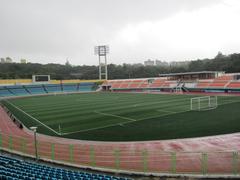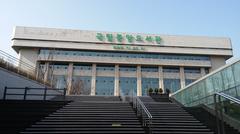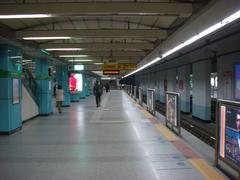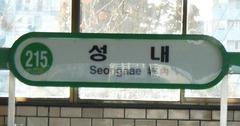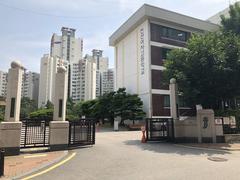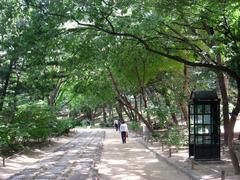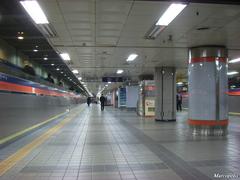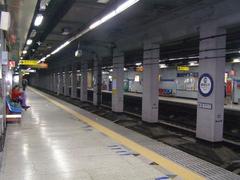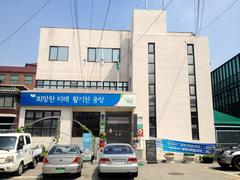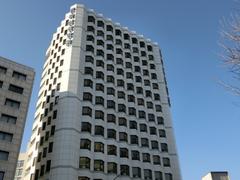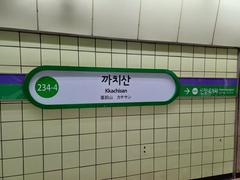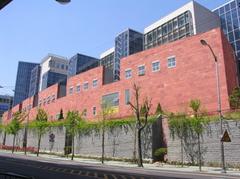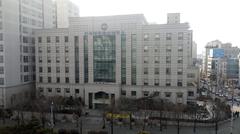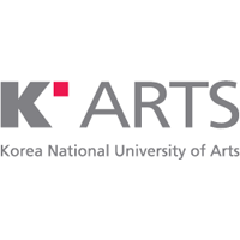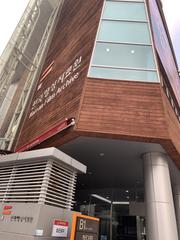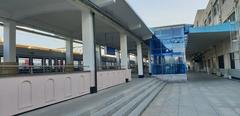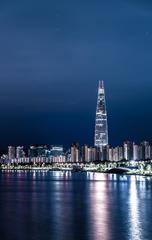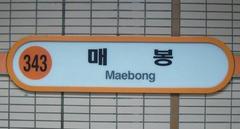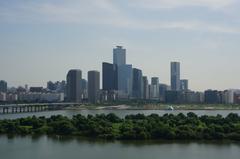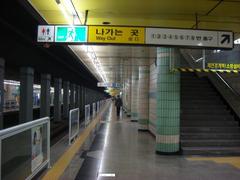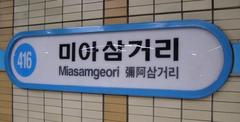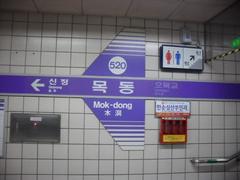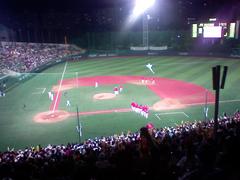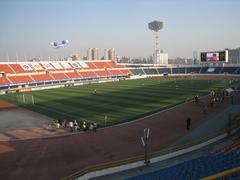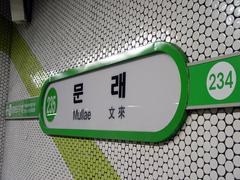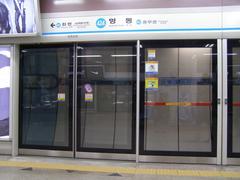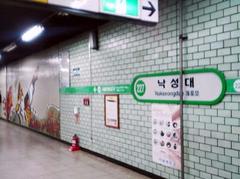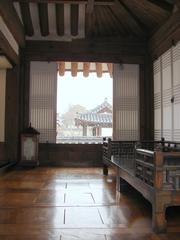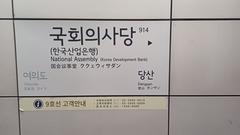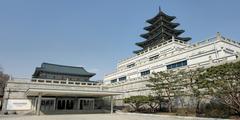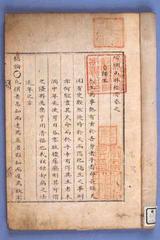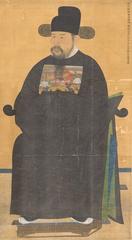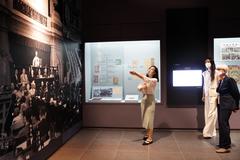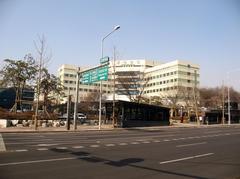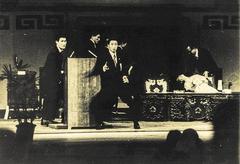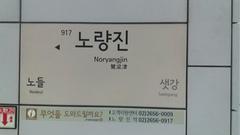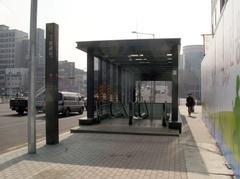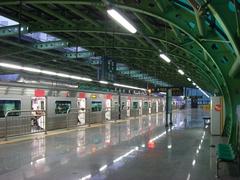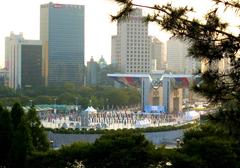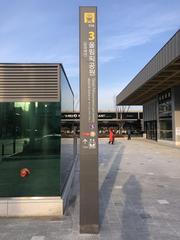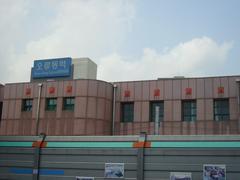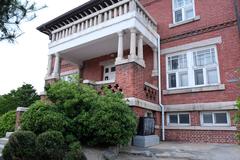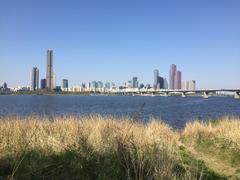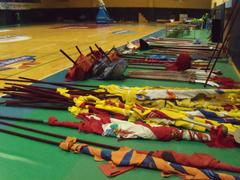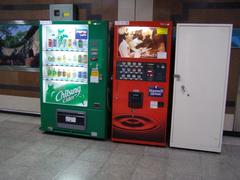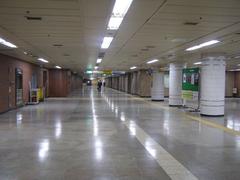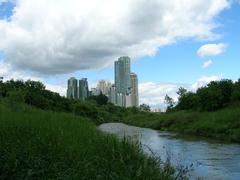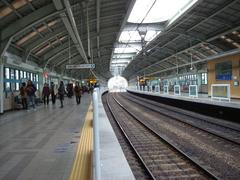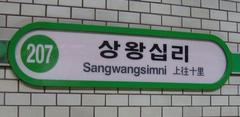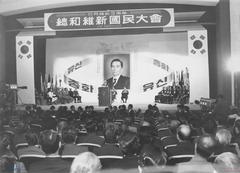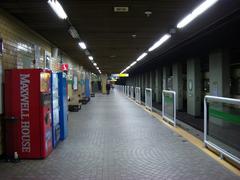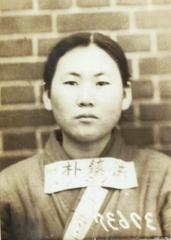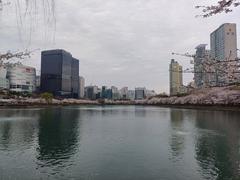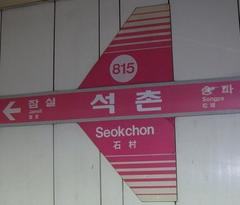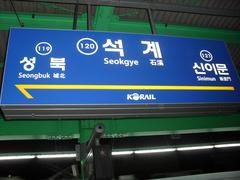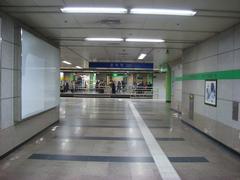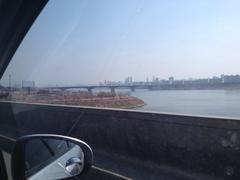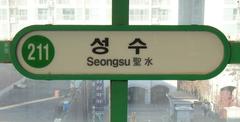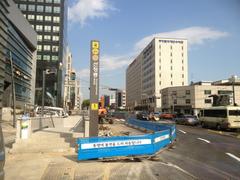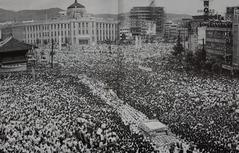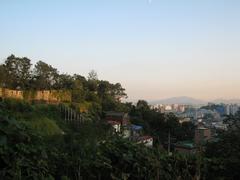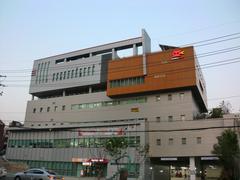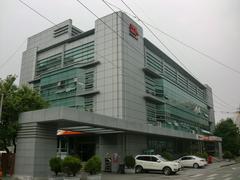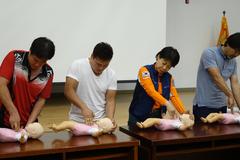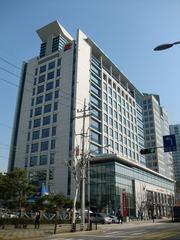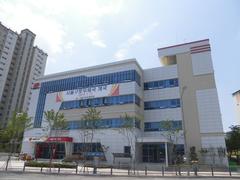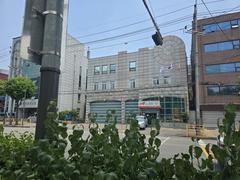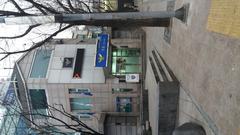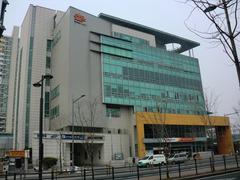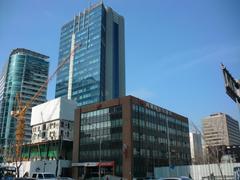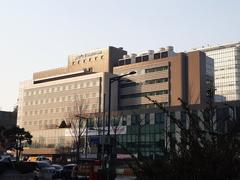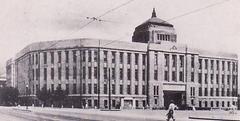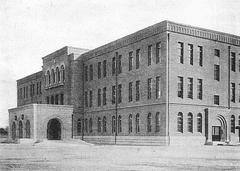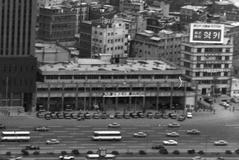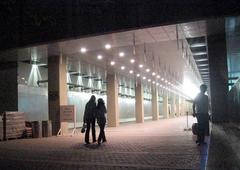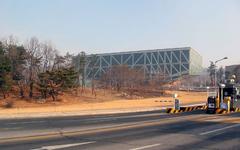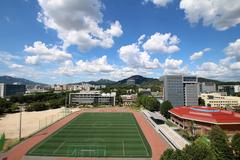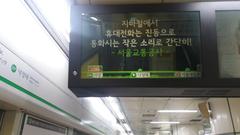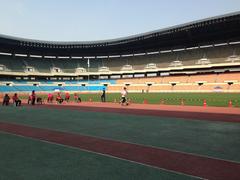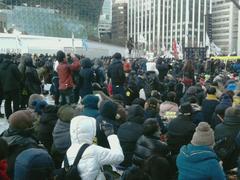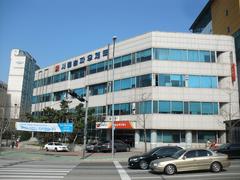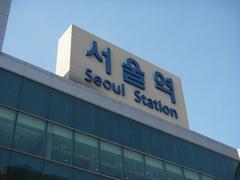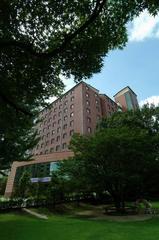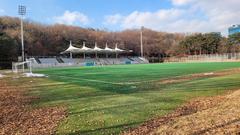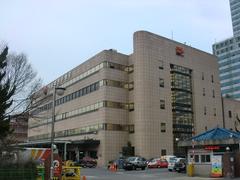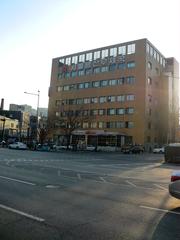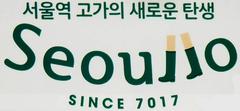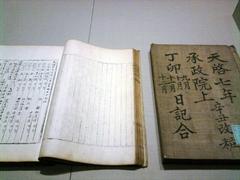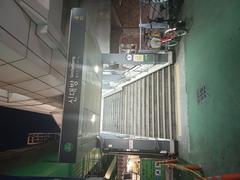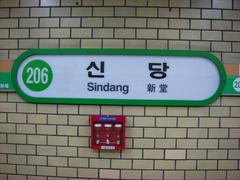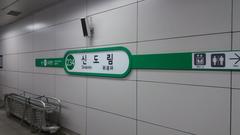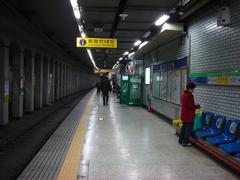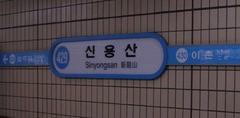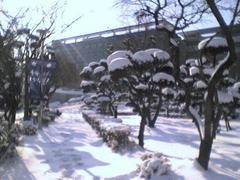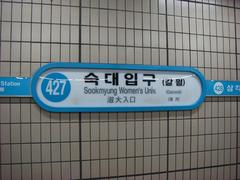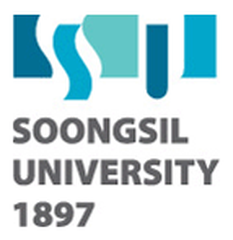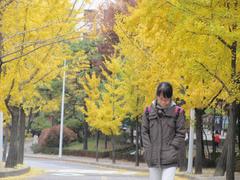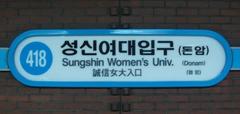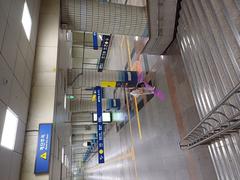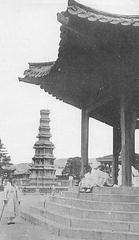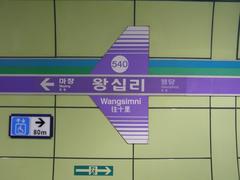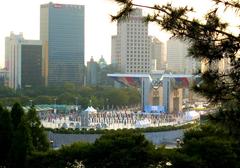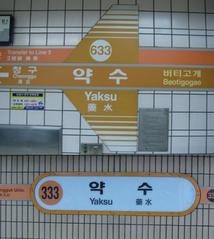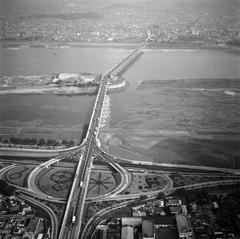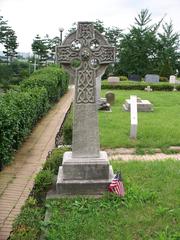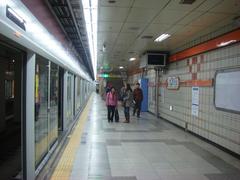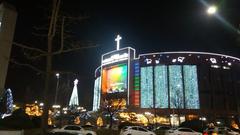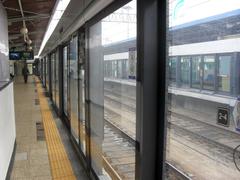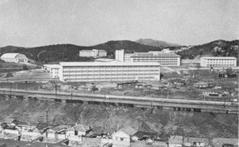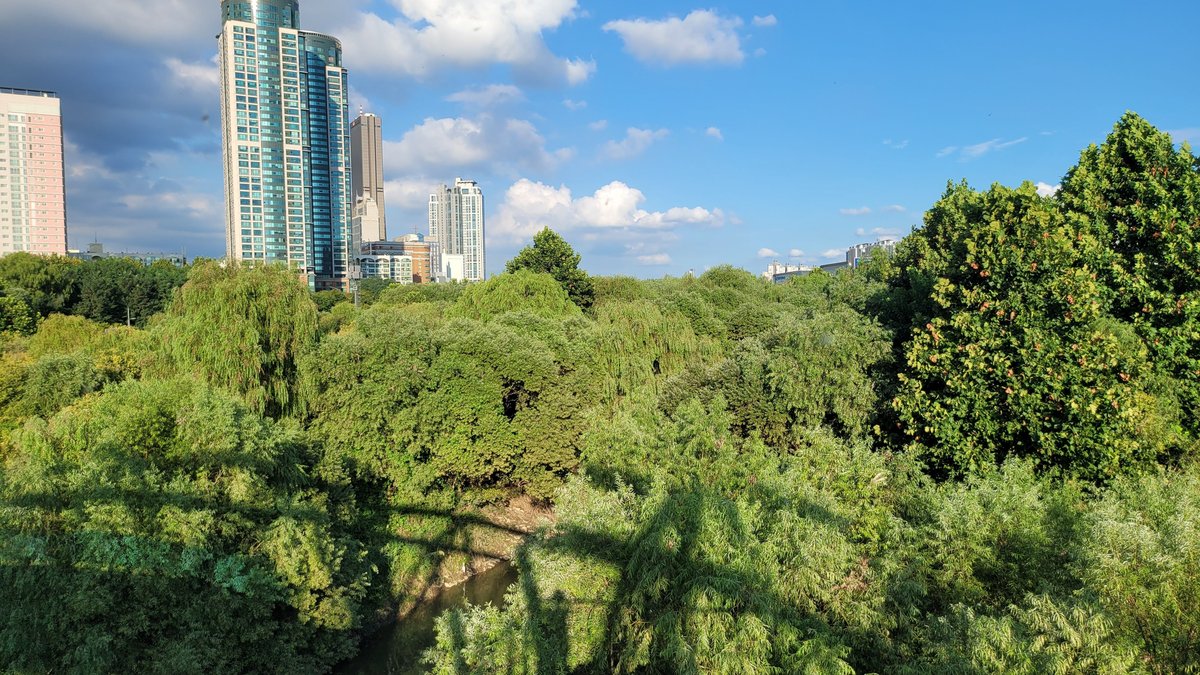
Comprehensive Guide to Visiting 반딧불이생태관, Seoul, South Korea
Publication Date: 31/07/2024
Introduction
The 반딧불이생태관, or Firefly Ecological Center, located in Seoul’s Mapo-gu district, is a beacon of environmental conservation and education. Nestled within the serene Noeul Park, part of the expansive Sky Park complex, the center has been a pioneer in firefly habitat restoration since its inauguration in 2010. This initiative, led by the Seoul Metropolitan Government, aimed to combat the detrimental effects of urbanization and environmental degradation on firefly populations (Seoul Metropolitan Government). The center serves as both a conservation site and an educational facility, offering visitors a unique opportunity to learn about the ecological and cultural significance of fireflies. Fireflies are not only a symbol of diligence and perseverance in Korean culture but also crucial bioindicators of environmental health, thriving only in clean, unpolluted habitats (Seoul Metropolitan Government). Through its comprehensive exhibits, interactive displays, and hands-on educational programs, the Firefly Ecological Center plays a vital role in promoting environmental stewardship and appreciation for these luminous insects.
Table of Contents
- History and Significance
- Conservation Efforts
- Visitor Information
- Future Prospects
- Summary and Conclusion
- References and Further Reading
History and Significance
Historical Background
The 반딧불이생태관, or Firefly Ecological Center, was inaugurated in 2010 as part of the Firefly Habitat Restoration Project initiated by the Seoul Metropolitan Government. This project aimed to rehabilitate the natural habitats of fireflies, which had been dwindling due to urbanization and environmental degradation. The restoration efforts focused on creating a conducive environment for fireflies to thrive, particularly around the ecological wetlands of Noeul Park (Seoul Metropolitan Government).
Cultural Significance
Fireflies hold a special place in Korean culture and folklore. The term ‘형설지공’ (Hyungseoljigong) is a classical Korean idiom that translates to “diligence and perseverance.” This idiom originates from a story about a scholar named 차윤 (Cha Yun) from the Jin Dynasty, who, unable to afford oil for his lamp, used the light of fireflies to study at night. This story symbolizes diligence and perseverance in the face of adversity (Seoul Metropolitan Government).
Ecological Importance
Fireflies are bioindicators, meaning their presence is a sign of a healthy environment. They thrive in clean, unpolluted habitats, making their conservation crucial for maintaining ecological balance. The Firefly Ecological Center plays a pivotal role in monitoring and improving the environmental quality of its surroundings. The center is divided into two main sections: the exhibition hall and the breeding facility. The exhibition hall provides detailed information about various species of fireflies found in Korea, including the 애반딧불이 (Ae-banditbul-i), 늦반딧불이 (Neut-banditbul-i), and 파파리반딧불이 (Papari-banditbul-i). Interactive displays and touch screens make the learning experience engaging, especially for children (Seoul Metropolitan Government).
Conservation Efforts
Restoration of Firefly Habitats
The Seoul Metropolitan Government launched the Firefly Habitat Restoration Project in 2010 to counteract habitat loss due to urbanization. Restoration efforts focused on creating suitable environments for fireflies, particularly in the ecological wetlands of Noeul Park (Seoul Metropolitan Government).
Artificial Breeding Programs
One of the key functions of the Firefly Ecological Center is the artificial breeding of fireflies. The breeding facility focuses on the Ae-banditbul-i species, which is native to Korea. Each year, the center successfully breeds over 10,000 firefly larvae, which are later released into their natural habitats to bolster the population (Seoul Metropolitan Government).
Educational Programs and Public Awareness
The Firefly Ecological Center offers a variety of educational programs and guided tours designed to provide in-depth knowledge about fireflies and their ecological significance. Professional guides lead the tours, offering detailed explanations and answering questions from visitors. The center also features a video room where visitors can watch documentaries about fireflies and their habitats. Special programs are available for school groups, providing an excellent opportunity for students to learn about biology and ecology in an interactive setting (Seoul Metropolitan Government).
Research and Monitoring
Ongoing research and monitoring are crucial to the center’s conservation efforts. Scientists study firefly behavior, habitat requirements, and population dynamics to inform conservation strategies (National Geographic).
Community Involvement and Volunteer Programs
Community involvement is key. The center encourages local residents to participate in habitat restoration and offers volunteer programs for monitoring firefly populations (Seoul Metropolitan Government).
Sustainable Practices and Eco-Friendly Initiatives
The center promotes sustainability through the use of renewable energy, water conservation, and waste reduction strategies (National Geographic).
Collaboration with International Conservation Organizations
The Firefly Ecological Center collaborates with international organizations to share knowledge and best practices for firefly conservation, enhancing local efforts and contributing to global initiatives (Ministry of Environment).
Visitor Information
Location and Accessibility
The Firefly Ecological Center is located in Seoul’s Mapo-gu district at 하늘공원로 108. Conveniently situated near Noeul Park and Sangam Sky Park, it is easily accessible for visitors who wish to explore multiple attractions in one trip. The center offers both parking and reservation services, ensuring a smooth visit for families and groups. For more details on location and directions, you can visit the official website.
Operating Hours and Admission
The center operates from Tuesday to Sunday, 10:00 AM to 5:00 PM, and is closed on Mondays. Admission is free, but guided tours and educational programs require prior reservation through the Seoul Public Service Reservation System (Seoul Metropolitan Government).
Exhibits and Activities
Firefly Life Cycle Exhibit
One of the main attractions at the Firefly Ecological Center is the detailed exhibit on the life cycle of fireflies. Visitors can observe the various stages of a firefly’s life, from eggs to larvae, pupae, and finally, adult fireflies. The exhibit includes live demonstrations and interactive displays, allowing visitors to see firefly larvae in water and adult fireflies emitting light. This exhibit is particularly educational for children, providing a hands-on learning experience about the natural world. More information on the life cycle of fireflies can be found here.
Interactive Learning Stations
The center features several interactive learning stations where visitors can engage with the exhibits. These stations include microscopes for observing small firefly larvae and other insects, as well as touch screens that provide detailed information about firefly behavior and habitat. These interactive elements make the visit both educational and entertaining, especially for young children.
Special Programs and Events
Night Tours
One of the unique experiences offered by the Firefly Ecological Center is the night tour, where visitors can observe fireflies in their natural habitat. These tours are typically held in June, coinciding with the peak activity period of fireflies. The night tours provide a magical experience as visitors can see the fireflies light up the dark, creating a mesmerizing display. For more details on the night tours, visit the Seoul Parks website.
Educational Workshops
The center also hosts various educational workshops aimed at teaching visitors about the importance of fireflies in the ecosystem and the conservation efforts needed to protect them. These workshops are suitable for school groups and families and often include hands-on activities such as building firefly habitats and learning about the environmental factors that affect firefly populations.
Visitor Tips
Best Time to Visit
The best time to visit the Firefly Ecological Center is during the summer months, particularly in June, when fireflies are most active. The weather during this period is warm, with temperatures ranging from 20°C to 32°C (68°F to 90°F). Visitors are advised to bring sunscreen, hats, and reusable water bottles to stay hydrated and protected from the sun. For more weather-related tips, check out this guide.
What to Bring
Visitors should consider bringing a handkerchief, a reusable tote bag, and an umbrella, especially if visiting during the rainy season. Comfortable walking shoes are also recommended as the center involves a fair amount of walking. For a detailed packing list, refer to this resource.
Nearby Attractions
The Firefly Ecological Center is located near several other family-friendly attractions, making it easy to plan a full day of activities. Nearby attractions include:
- 노을공원 (Noeul Park): A spacious park perfect for picnics and outdoor activities.
- 상암 하늘공원 (Sangam Sky Park): Ideal for a day of hiking and enjoying panoramic views of Seoul.
- 난지캠핑장 (Nanji Camping Ground): Offers a unique urban camping experience.
- 경복궁 향원정 (Gyeongbokgung Hyangwonjeong): A historical site perfect for a cultural experience.
For more information on nearby attractions, visit this link.
FAQ Section
Q: What are the visiting hours of the Firefly Ecological Center?
A: The center is open from Tuesday to Sunday, 10:00 AM to 5:00 PM.
Q: How do I book a guided tour at the Firefly Ecological Center?
A: Guided tours and educational programs require prior reservation through the Seoul Public Service Reservation System (Seoul Metropolitan Government).
Q: Is there an admission fee to visit the Firefly Ecological Center?
A: Admission is free, but guided tours and educational programs require prior reservation.
Q: What species of fireflies can be found at the Firefly Ecological Center?
A: The center features various species of fireflies found in Korea, including the 애반딧불이 (Ae-banditbul-i), 늦반딧불이 (Neut-banditbul-i), and 파파리반딧불이 (Papari-banditbul-i).
Q: What is the cultural significance of fireflies in Korea?
A: Fireflies hold a special place in Korean culture and folklore, symbolizing diligence and perseverance in the face of adversity.
Future Prospects
The Firefly Ecological Center continues to play a crucial role in the conservation of fireflies and the promotion of environmental awareness. Future plans include expanding the breeding program to include other species of fireflies and enhancing the educational facilities to accommodate more visitors. The center also aims to collaborate with international conservation organizations to share knowledge and best practices in firefly conservation (Seoul Metropolitan Government).
Summary and Conclusion
The Firefly Ecological Center in Seoul stands as a testament to the city’s dedication to environmental conservation and education. By restoring firefly habitats and implementing extensive breeding programs, the center has successfully bolstered firefly populations, contributing significantly to ecological balance. Its educational initiatives have fostered a deeper understanding and appreciation for fireflies among visitors, particularly the younger generation. Looking ahead, the center aims to expand its conservation efforts and collaborate with international organizations to share knowledge and best practices. Visiting the Firefly Ecological Center is not just about observing these fascinating creatures but also about participating in a broader movement towards environmental sustainability and preservation (Seoul Metropolitan Government). The center invites everyone to explore its exhibits, participate in educational programs, and support its ongoing conservation efforts, making it a must-visit destination for nature enthusiasts and environmental advocates alike.
References and Further Reading
- Seoul Metropolitan Government. (2010). Firefly Habitat Restoration Project Seoul Metropolitan Government.
- Mapo District Office. (2023). Firefly Ecological Center Programs Mapo District Office.
- National Geographic. (2022). Tidal Flats and Wetland Conservation in South Korea National Geographic.
- Ministry of Environment. (2023). International Collaboration in Conservation Ministry of Environment.
